READY TO GET STARTED?
REQUEST A FREE ESTIMATE
Fill out the form below or call (888) 466-7849 for a free, no-obligation estimate.
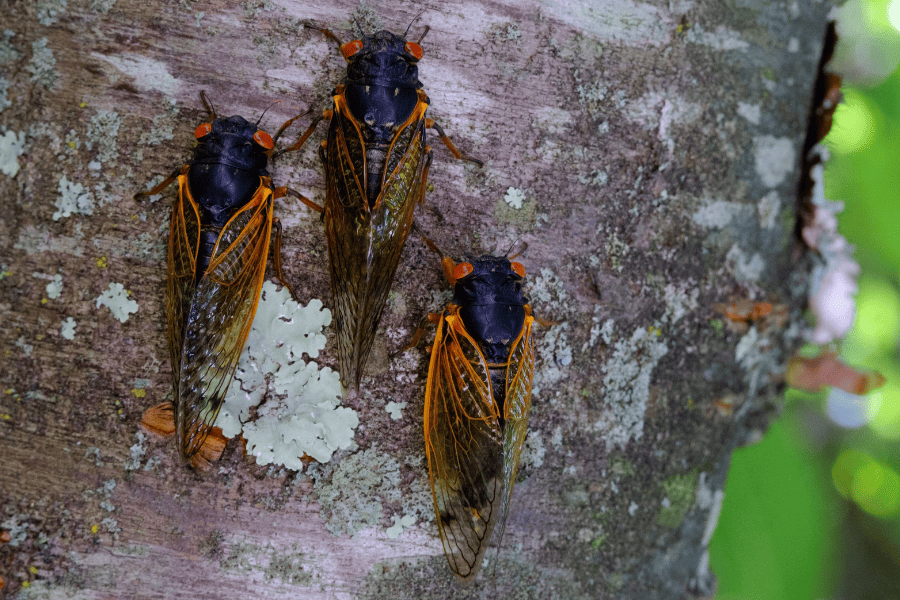
This spring, the Great Southern Brood and the Northern Illinois Brood are set to appear at the same time, also known as a dual emergence. The dual cicada emergence will affect the Midwest and Southeast, including Georgia, Alabama, Tennessee, and South Carolina. The last time a dual emergence occurred was in 1803, when Thomas Jefferson was president, and the Louisiana Purchase had just been completed. Let’s just say that when the next one happens, no one alive today will witness it!
These large insects live underground as nymphs for years and emerge by the millions every 13 to 17 years, depending on the brood they are a part of. They emit a loud buzzing sound when trying to find a mate, sometimes so loud it can keep you awake at night! They don’t bite, sting, or carry any diseases, and serve as pollinators and benefit the ecosystem.
Their main goal is to mate and reproduce. During the egg laying process they will trim holes into tree branches, sometimes causing branches to break off completely. This may sound like a negative thing, but they act as a natural pruning. The holes they leave behind help aerate the soil and allow for rainwater to get underground and nourish tree roots in the hot summer months.
Keeping cicadas away can be quite challenging, especially during their periodic emergences when they appear in large numbers. There are some strategies to minimize their impact on your property:
Cicadas might be annoying, but it’s important to remember their impact on the ecosystem of our forests. Limiting them on your property can be difficult, but there are ways. If the noise begins to get too loud, give a pest control company near you a call today!
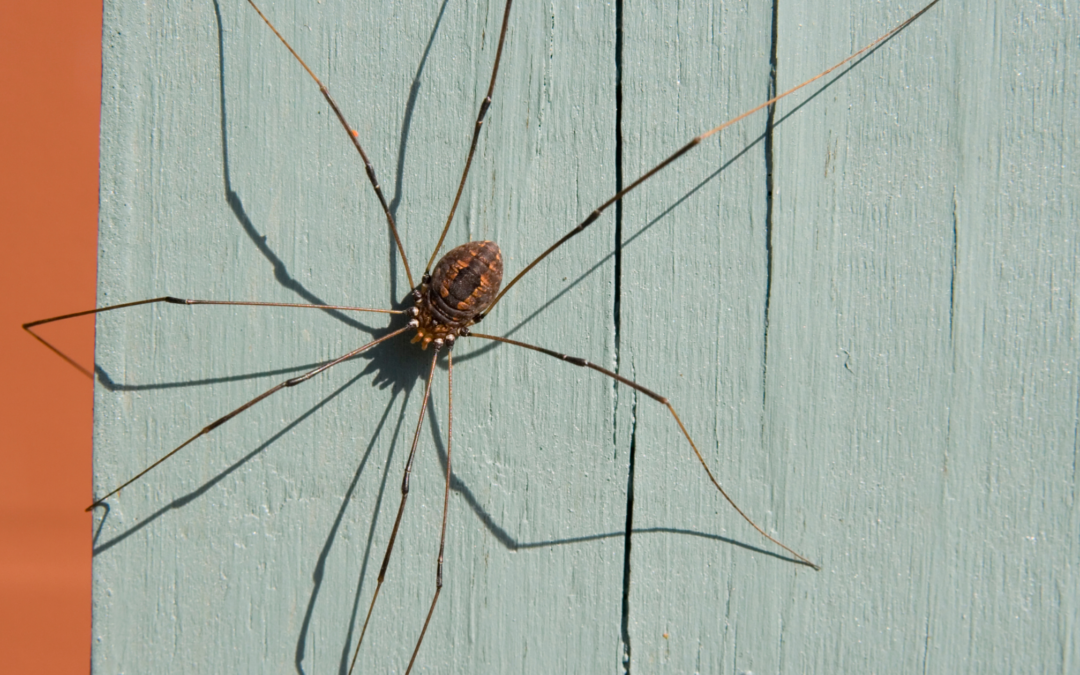
Is a daddy long legs a spider or fly? It’s a common question that often leads to confusion. Let’s delve into the facts to unravel this mystery and understand more about these fascinating creatures.
Contrary to popular belief, daddy long legs are not spiders but belong to the order Opiliones, also known as harvestmen. While they may resemble spiders due to their long, slender legs, they differ in various aspects, including body structure and behavior. Unlike spiders, daddy long legs do not produce silk, lack venom glands, and have a single body segment rather than two distinct segments (cephalothorax and abdomen).
Identifying daddy long legs is relatively straightforward. They typically have a small, oval-shaped body with extremely long, thin legs, giving them their distinctive appearance. These creatures are commonly found in damp, dark areas such as basements, crawl spaces, and garages. They are also known to seek refuge indoors during colder months, making homes a prime habitat.
While daddy long legs are harmless and beneficial predators, their presence indoors can be unsettling for some. To prevent them from entering your home, consider the following measures:
Don’t let pests like daddy long legs disrupt your peace of mind. Take proactive steps to safeguard your home with expert pest control services. Contact a pest control company near you today to request a free quote and learn more about our spider control and general pest management solutions.
You can enjoy a pest-free home and peace of mind knowing that your property is protected against unwanted intruders. Say goodbye to daddy long legs and other pests with comprehensive pest control services.
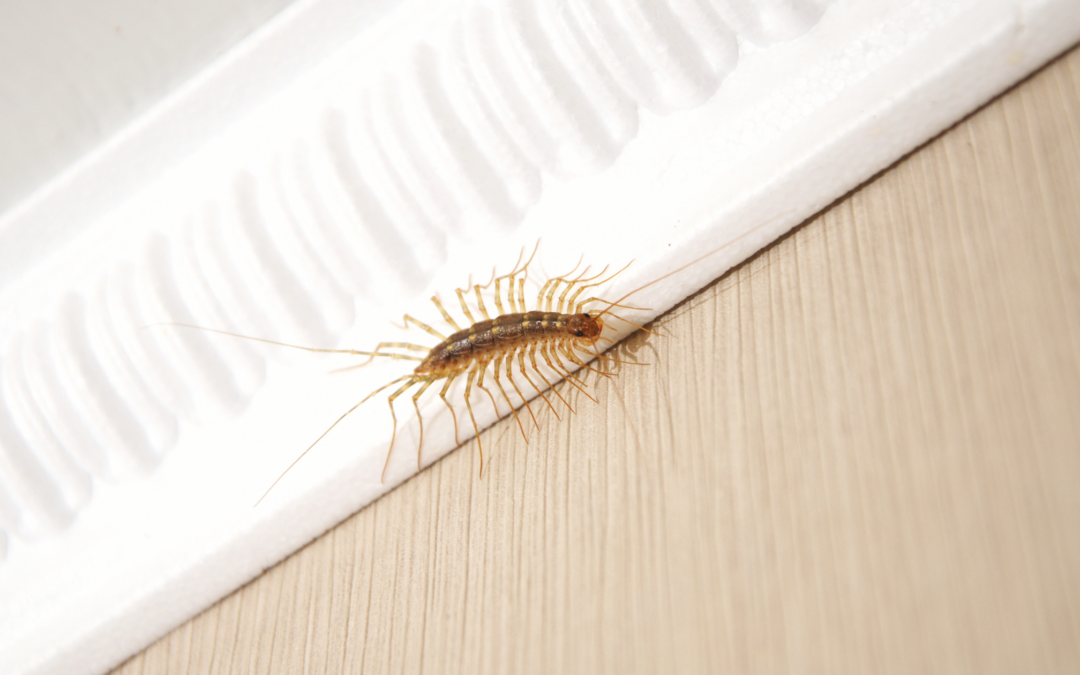
Centipedes: those creepy crawlers that send shivers down our spines when we encounter them scurrying across the floor. But beyond their unsettling appearance, many homeowners wonder: can centipedes bite or sting? Let’s dive into the facts and debunk the myths surrounding these household pests.
Centipedes are elongated arthropods with multiple pairs of legs, ranging from 15 to 177 pairs depending on the species. They typically have a flattened body and are light brown to dark brown or even reddish in color. One distinguishing feature is their long antennae and the pair of venomous claws located behind their head, known as forcipules.
Spotting a centipede indoors is often the first sign of an infestation. They tend to hide in dark, damp areas such as basements, bathrooms, and crawl spaces during the day and come out at night to hunt for prey.
While centipedes may look intimidating, they are generally not aggressive towards humans. However, if threatened or mishandled, they can deliver a painful bite using their venomous claws. While the venom is not typically dangerous to humans, it can cause localized pain and swelling.
Centipedes can be beneficial to your property by preying on other household pests such as cockroaches, spiders, and silverfish. However, their presence in large numbers can indicate an underlying pest problem that needs to be addressed.
Prevention is key when it comes to controlling centipedes in your home. Here are some tips to keep them at bay:
Don’t let centipedes and other household pests invade your space. Take proactive steps to protect your home and family by partnering with a trusted pest control company. Contact a pest control company near you today for a free pest control quote and let our experienced technicians help you reclaim your home from unwanted intruders.
While centipedes can bite if provoked, they are generally not a significant threat to humans. However, their presence can indicate underlying pest issues that need to be addressed. By following preventive measures and seeking professional pest control assistance when needed, you can effectively manage centipedes and enjoy a pest-free home environment.
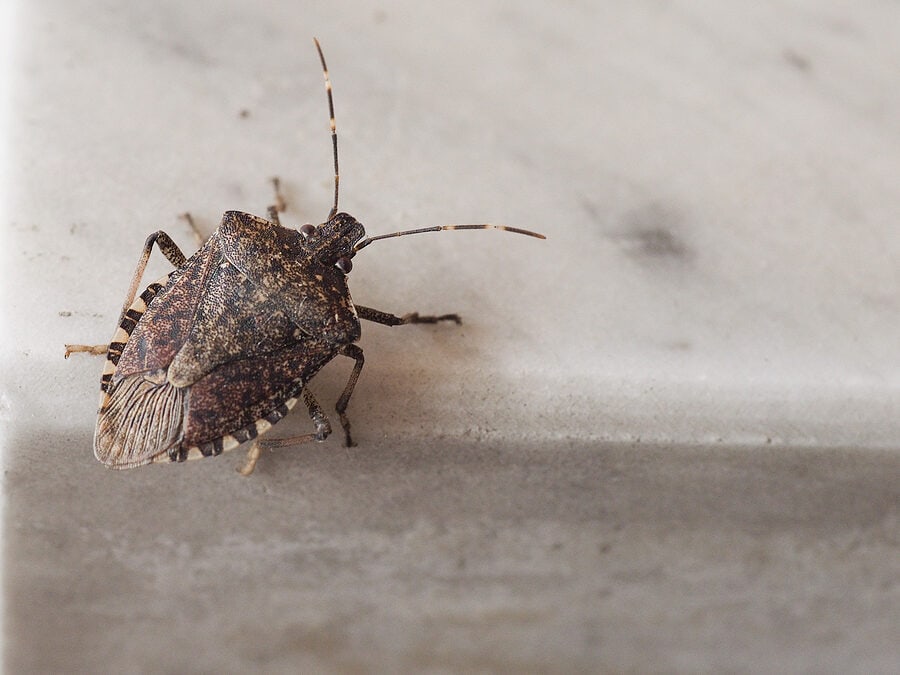
As the temperatures drop in Georgia and winter sets in, many pests seek refuge within the warmth of our homes. These unwelcome visitors, known as overwintering pests, can pose serious hazards to both our homes and our health. In this blog post, we will explore common overwintering pests, how they find their way into our homes, the risks they present, when they emerge, and most importantly, how to prevent their invasion. If you find yourself facing a pest problem, don’t hesitate to take action – request a free pest control quote today.
Overwintering pests use various entry points to infiltrate your home. Common entryways include gaps around windows and doors, cracks in the foundation, and openings around utility pipes. Once inside, they seek out warm and secluded areas to hibernate during the colder months.
While overwintering pests are generally not harmful to humans, they can become a nuisance in large numbers. Some pests may release unpleasant odors or stains when disturbed, while others, like stink bugs, emit a foul-smelling liquid as a defense mechanism. Additionally, the presence of these pests can lead to contamination of stored food items.
Overwintering pests typically emerge in the spring as temperatures rise. The emergence can be sudden and overwhelming, leading to a surge in pest activity. This is the time when homeowners often notice an increased presence of these pests in and around their homes.
If you’re concerned about overwintering pests invading your home, take action now. Request a free pest control quote from your local pest control company and ensure a pest-free environment for you and your family.
Understanding the behavior of overwintering pests and implementing preventive measures is key to safeguarding your home. By following these tips and being proactive, you can enjoy a pest-free living space even during the colder months. Don’t let winter pests take over – request your free pest control quote today.
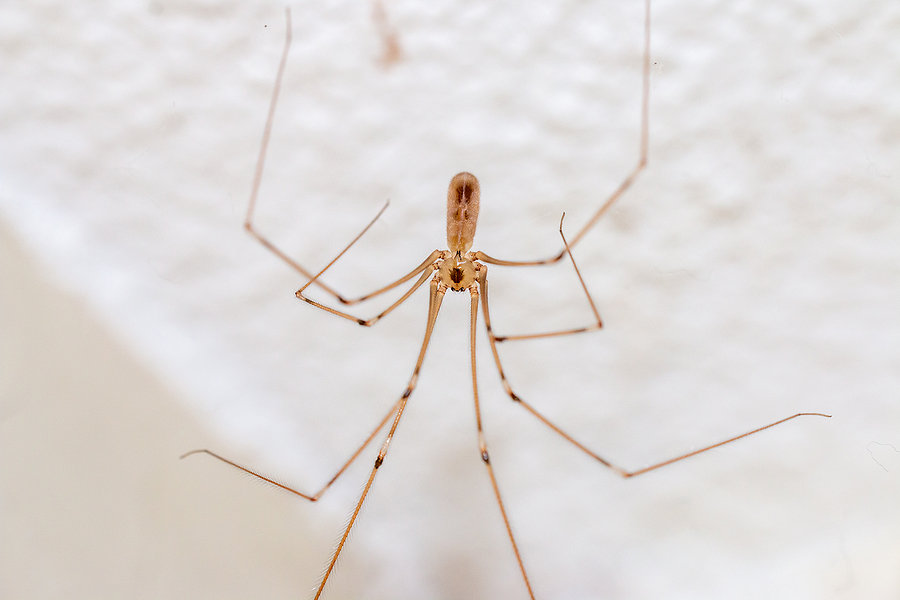
Georgia is no stranger to household pests. One common visitor that many Georgians encounter is the daddy long legs, a unique arachnid that often finds its way into homes. In this blog post, we’ll explore what attracts daddy long legs, how to identify them, reasons for a daddy long legs infestation, whether they pose a threat to humans, and effective ways to prevent and eliminate them. If you’re dealing with a daddy long legs infestation, read on for valuable insights and practical solutions.
Daddy long legs, scientifically known as Opiliones, are not true spiders but belong to the arachnid family. They are characterized by their long, thin legs and small, oval-shaped bodies. Unlike spiders, daddy long legs have a fused body structure and lack venom glands. Their appearance can sometimes be confused with cellar spiders, but the absence of a segmented body distinguishes them.
Understanding the reasons behind daddy long legs entering homes is crucial for effective control. These arachnids are attracted to damp and dark environments, making basements, crawl spaces, and garages ideal habitats. Additionally, they are opportunistic feeders, preying on small insects and other arthropods found in and around homes. The presence of abundant prey can draw daddy long legs indoors.
The good news is that daddy long legs are not harmful to humans. Contrary to popular myths, they do not possess venomous fangs and are not capable of biting. In fact, these arachnids play a beneficial role by feeding on other pests, helping to control insect populations around your home. While their presence may be unsettling to some, daddy long legs pose no direct threat to your health.
To keep daddy long legs at bay, consider implementing the following preventive measures:
If you’re dealing with a daddy long legs invasion or any other pest issues in Georgia, don’t hesitate to reach out to our expert team. Request a free pest control quote today and let us help you create a pest-free environment in your home. Protect your family and property with our reliable pest control services.
Remember, a proactive approach to pest control is key to maintaining a comfortable and pest-free living space. Contact us now and take the first step toward a pest-free home!
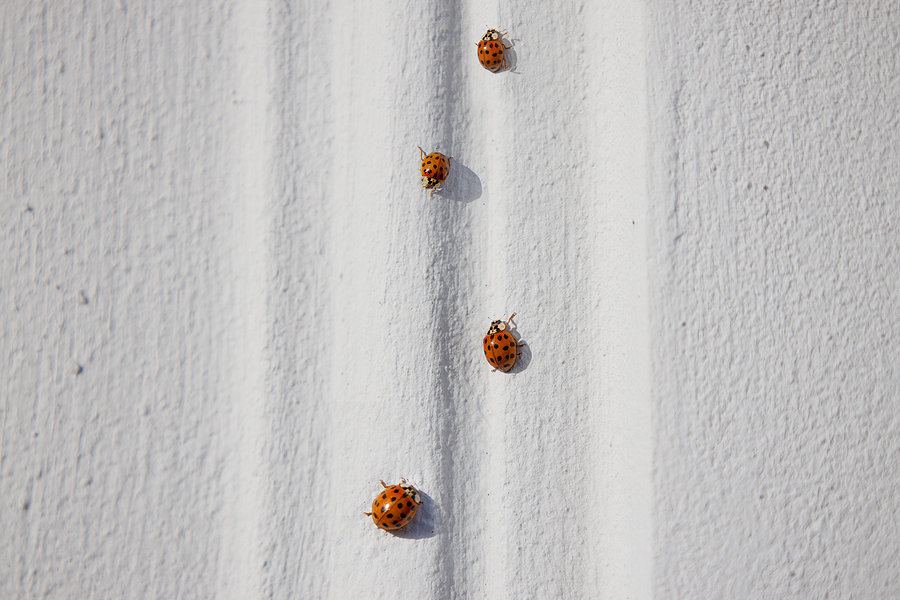
Ladybugs, with their vibrant colors and delicate appearance, are often seen as harmless garden visitors. However, when these charming insects decide to make your home their own, they can quickly turn from garden allies to household pests. In Georgia, ladybug infestations are not uncommon, and understanding how to identify, prevent, and eliminate these invaders is crucial for maintaining a pest-free home.
Ladybugs, scientifically known as Coccinellidae, are beneficial insects in gardens, feeding on aphids and other harmful pests. However, some species of ladybugs, such as the Asian Lady Beetle, can become unwelcome guests when they invade your living space in large numbers.
Ladybugs are typically small, round beetles with bright red or orange shells adorned with black spots. The Asian Lady Beetle, often mistaken for native ladybugs, can vary in color from yellow to orange and may have no spots or multiple spots. Proper identification is essential for effective pest control.
Ladybugs seek shelter indoors during colder months, making your cozy home an attractive refuge. They enter through gaps, cracks, and openings around windows, doors, and other entry points. Once inside, they can congregate in large numbers, creating a nuisance for homeowners.
If you find yourself facing a ladybug invasion or any other household pest issue, don’t hesitate to reach out to our expert pest control team. We offer free quotes and personalized solutions to keep your home pest-free.
Ladybug infestations may seem harmless at first, but they can quickly become a nuisance if left unaddressed. By understanding their behavior, implementing preventive measures, and seeking professional help when needed, you can ensure a ladybug-free home in Georgia. Take the first step towards a pest-free living space by requesting a free pest control quote today.
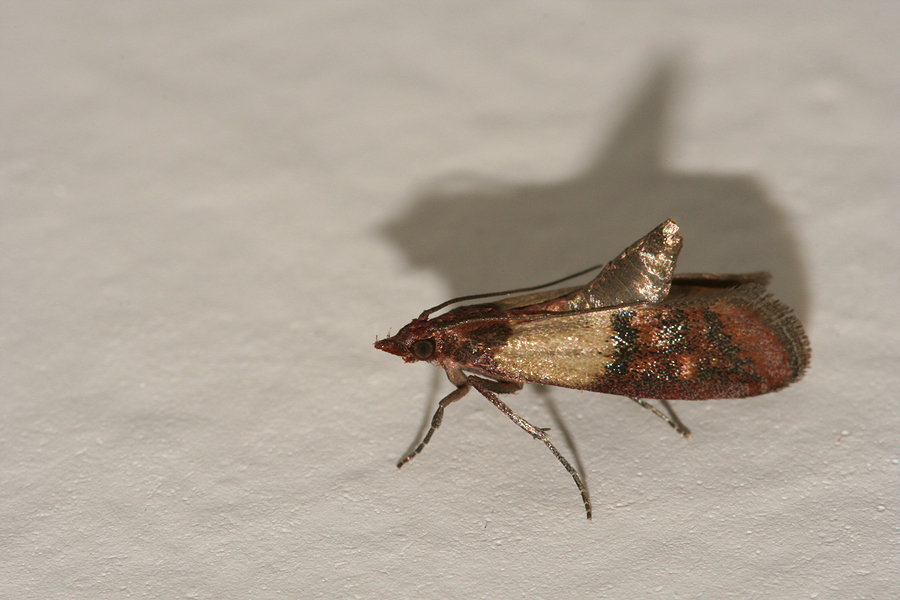
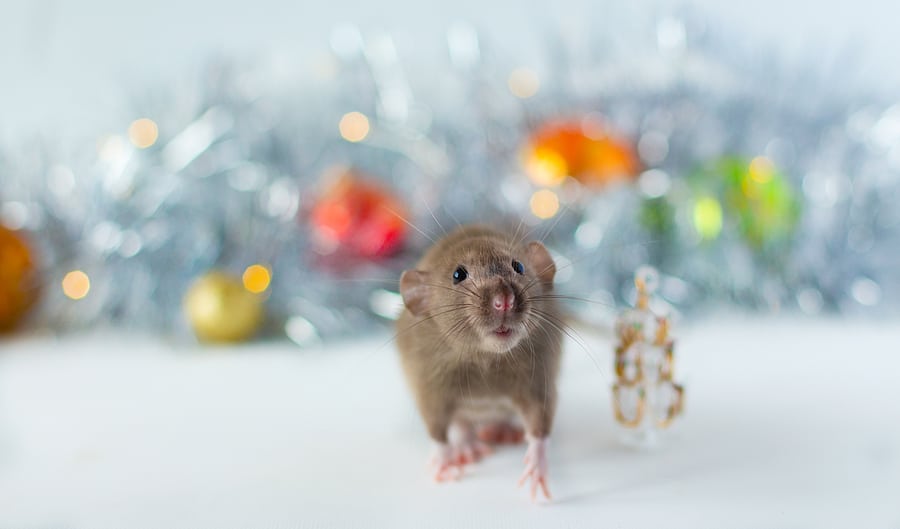
The holiday season in Georgia brings joy, warmth, and festive cheer. However, it also marks the arrival of unwanted guests – holiday pests that can disrupt your celebrations. As temperatures drop, pests seek refuge indoors, making pest-proofing your home a crucial step in ensuring a pest-free holiday season. In this guide, we’ll explore common winter and holiday pests, along with effective tips for holiday pest proofing and elimination.
If you find yourself facing an infestation despite your best efforts, it’s crucial to act promptly. Our expert pest control services are tailored to address the unique challenges posed by holiday pests. We utilize advanced techniques and environmentally friendly treatments to ensure a safe and pest-free home.
Don’t let holiday pests dampen your festive spirit. Take proactive steps for holiday pest proofing and enjoy the season without unwanted visitors. Contact your local pest control company today for a free pest control quote, and let our experienced team safeguard your home for a joyful and pest-free holiday season.
Wishing you a happy and pest-free holiday season!
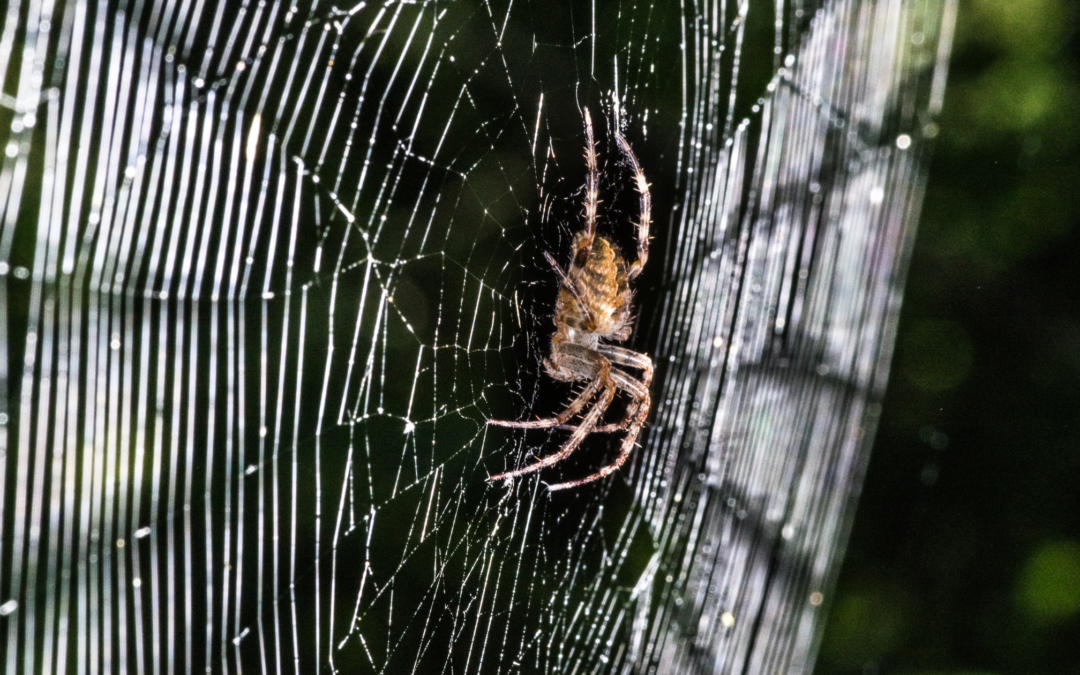
Georgia is home to a variety of fascinating arachnids, including the intricate orb weaver spiders. While these eight-legged creatures play a crucial role in controlling insect populations, encountering them in and around your home can be a cause for concern. In this blog post, we’ll delve into the world of orb weavers, exploring how to identify them, where they commonly reside, and essential tips for prevention and control.
Orb weavers, members of the Araneidae family, are renowned for their distinctive circular webs, meticulously crafted to capture unsuspecting prey. Recognizing these spiders is key to effective pest control. Key features include:
Orb weavers are adaptable and can be found in a variety of habitats, both natural and man-made. In Georgia, you may encounter them in:
While orb weavers are generally beneficial, their presence near your home may cause discomfort. Here are some practical tips for prevention and control:
If you find yourself caught in the web of orb weaver spiders, don’t hesitate to take action. Our experienced pest control team is here to help. Request a free pest control quote today to safeguard your home from unwanted arachnid visitors. Let us weave a plan to keep your space pest-free and comfortable.